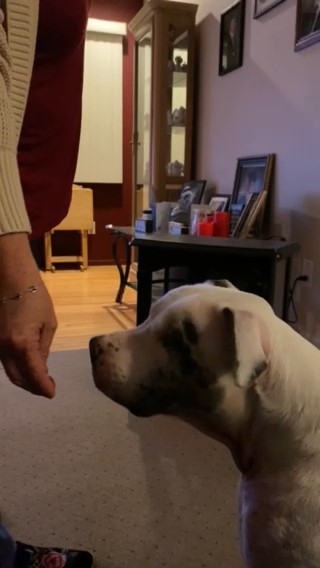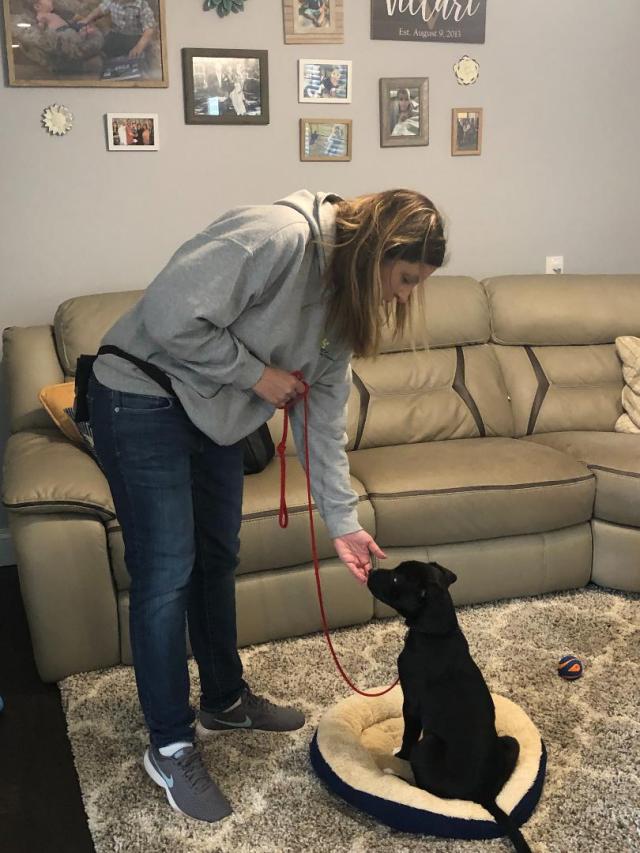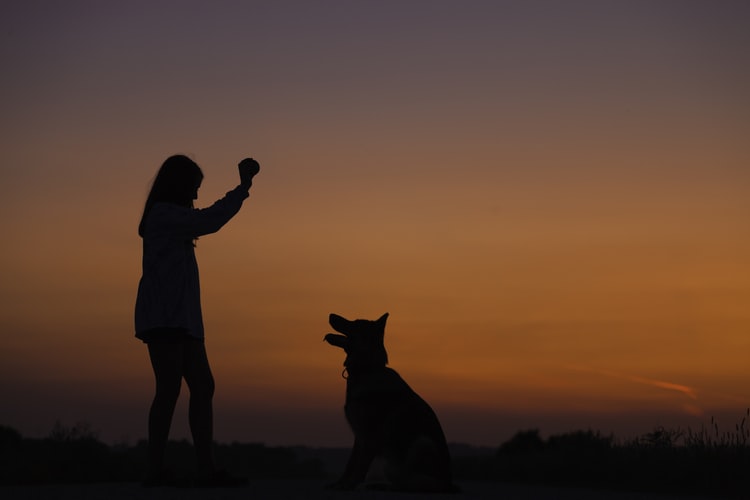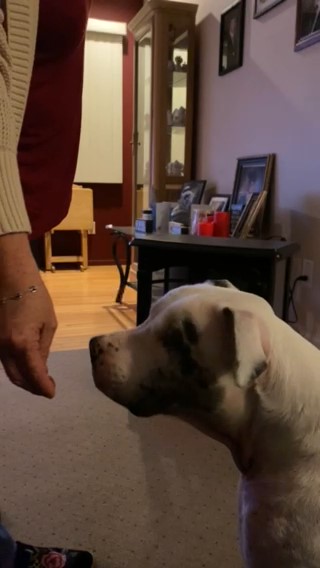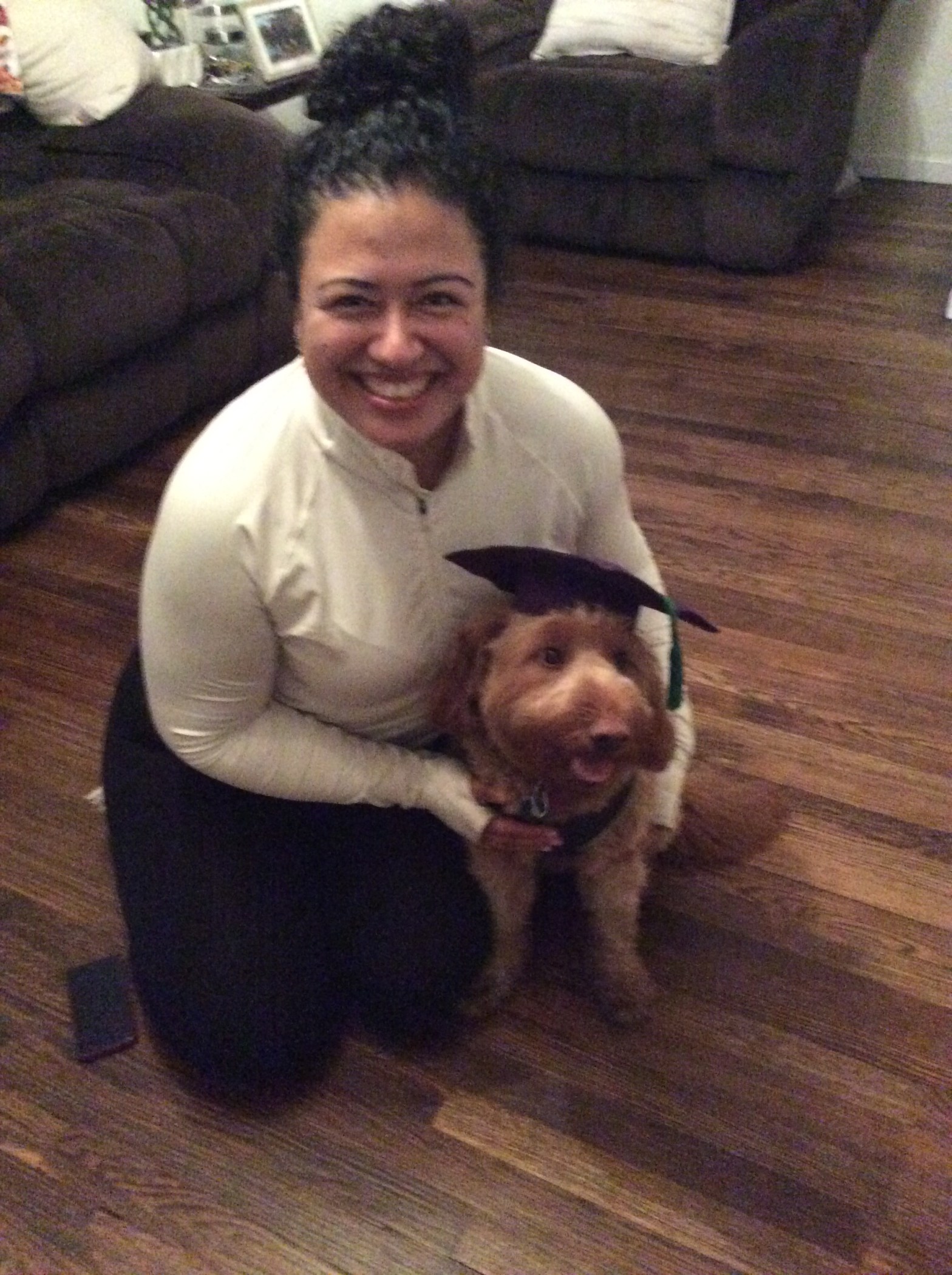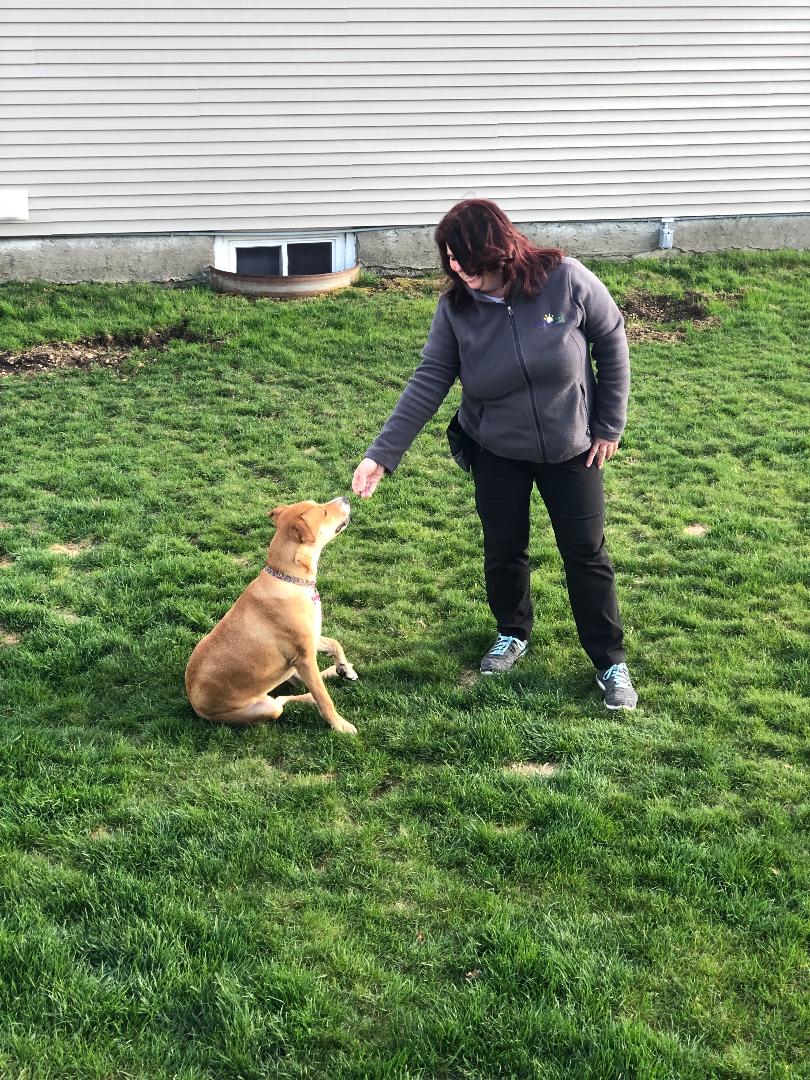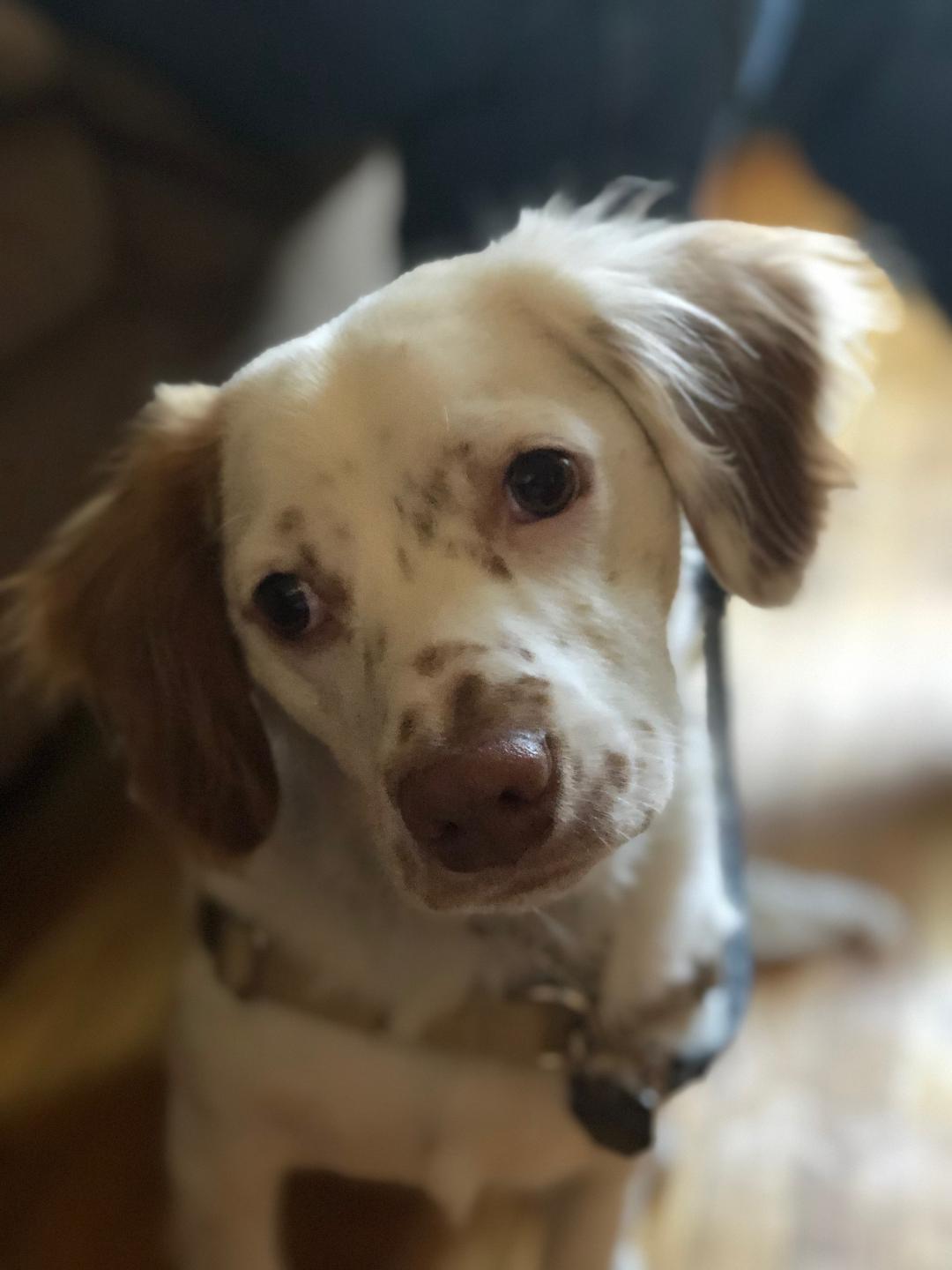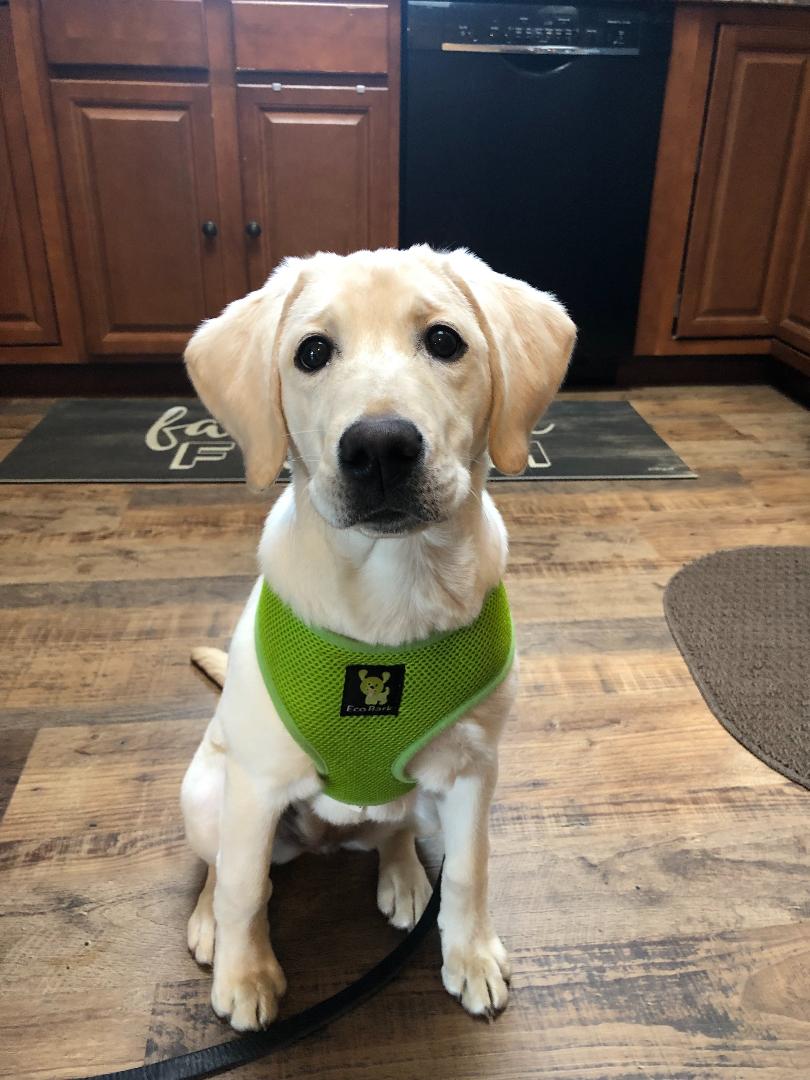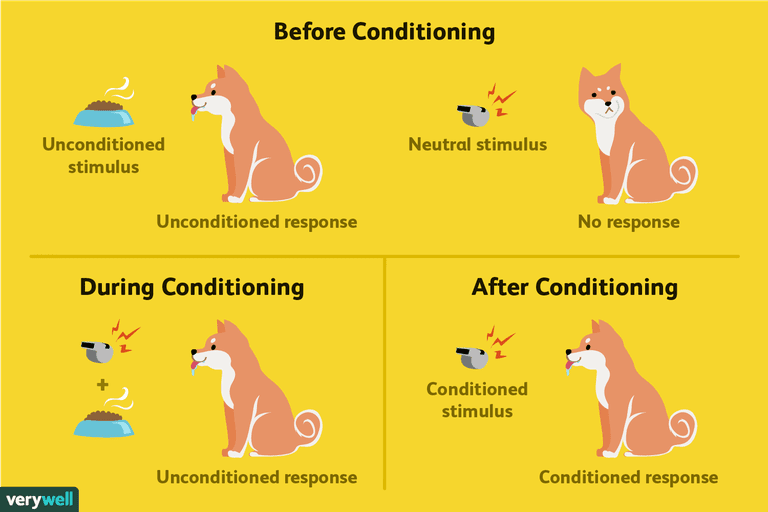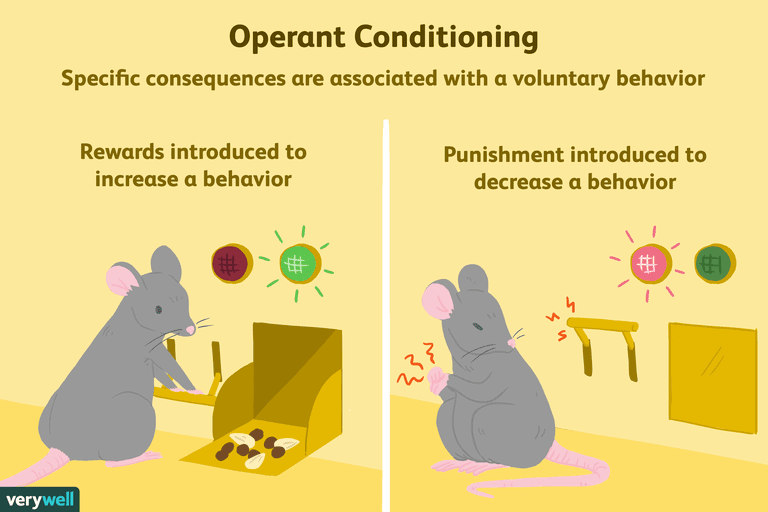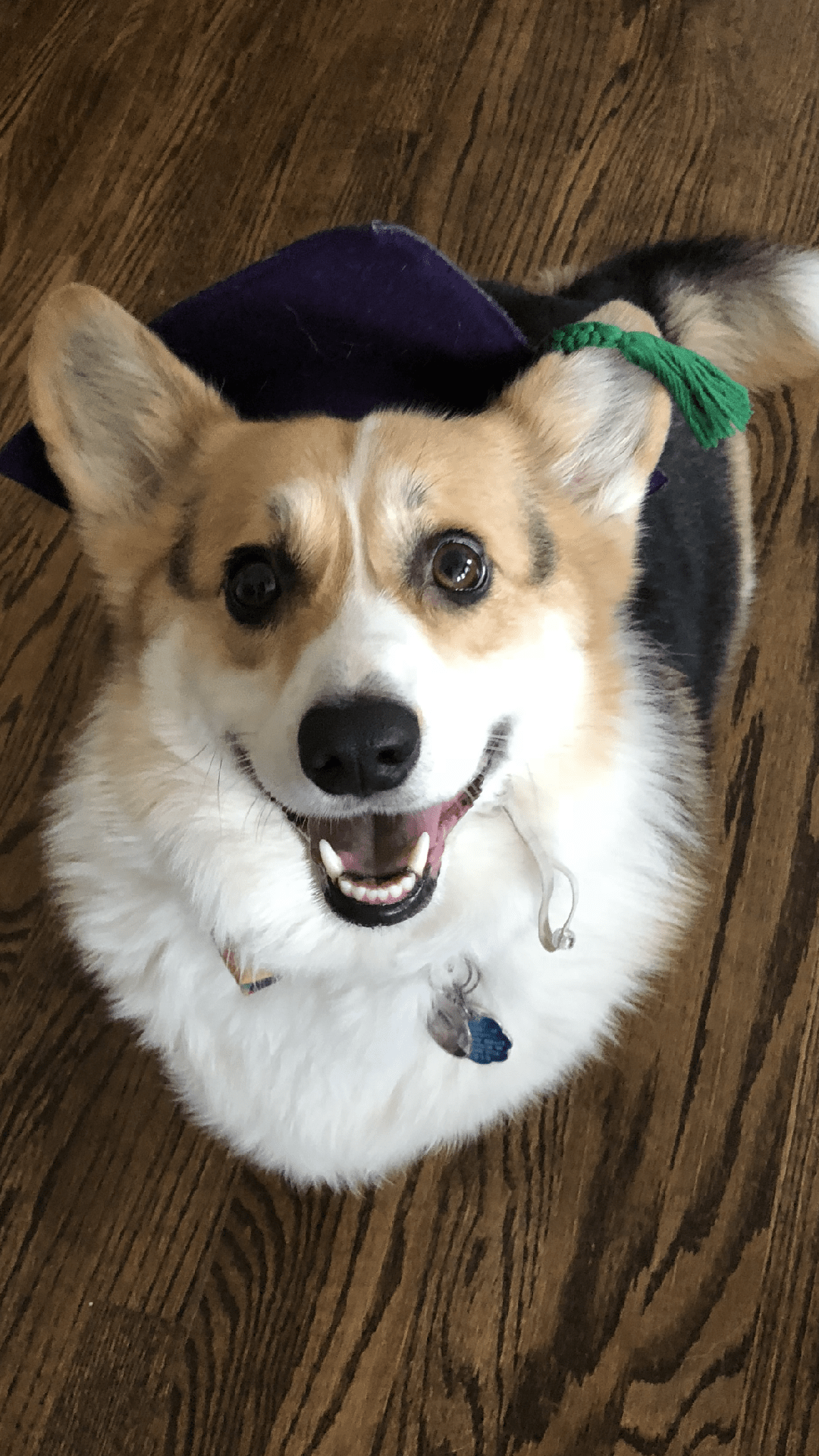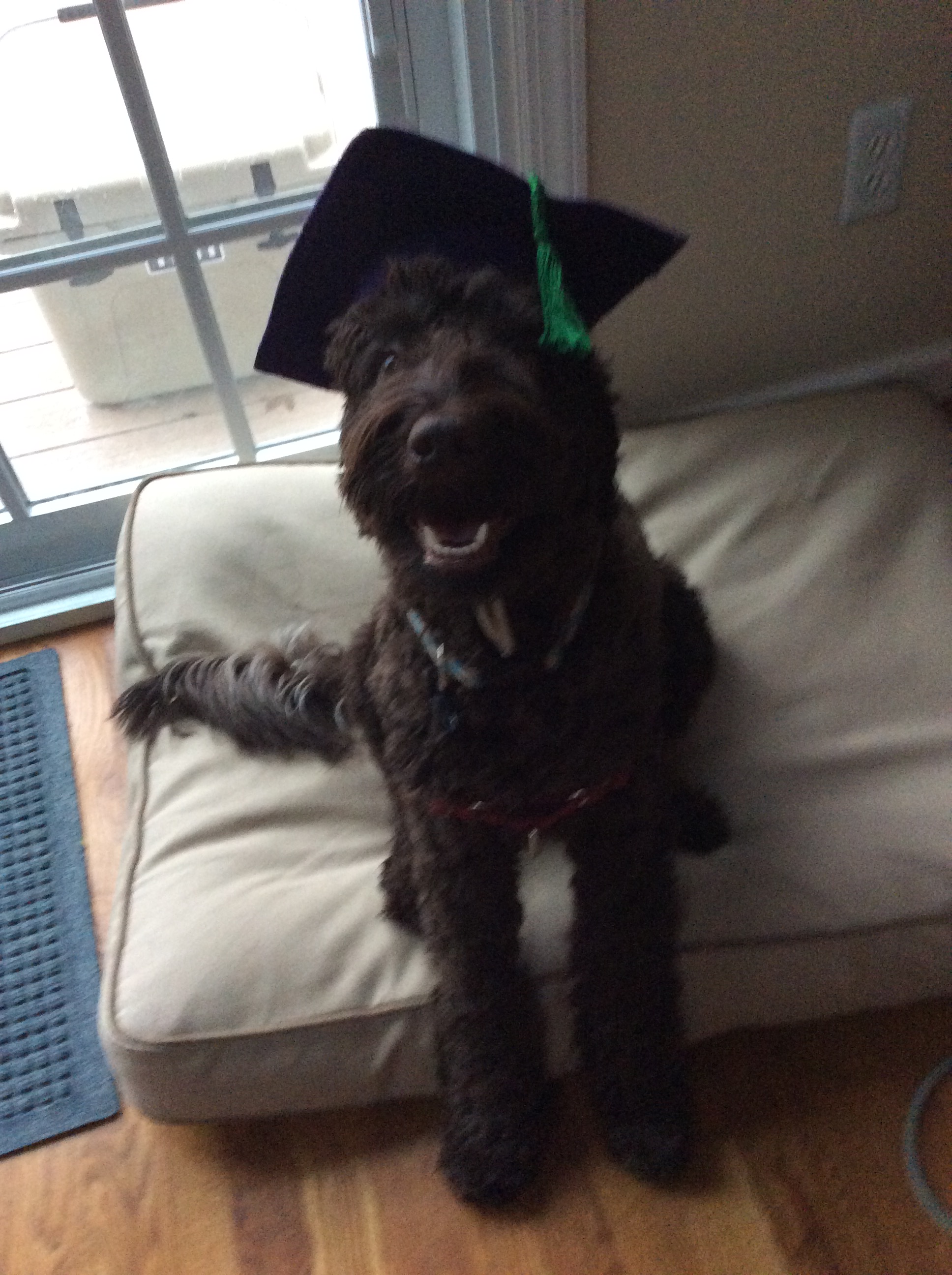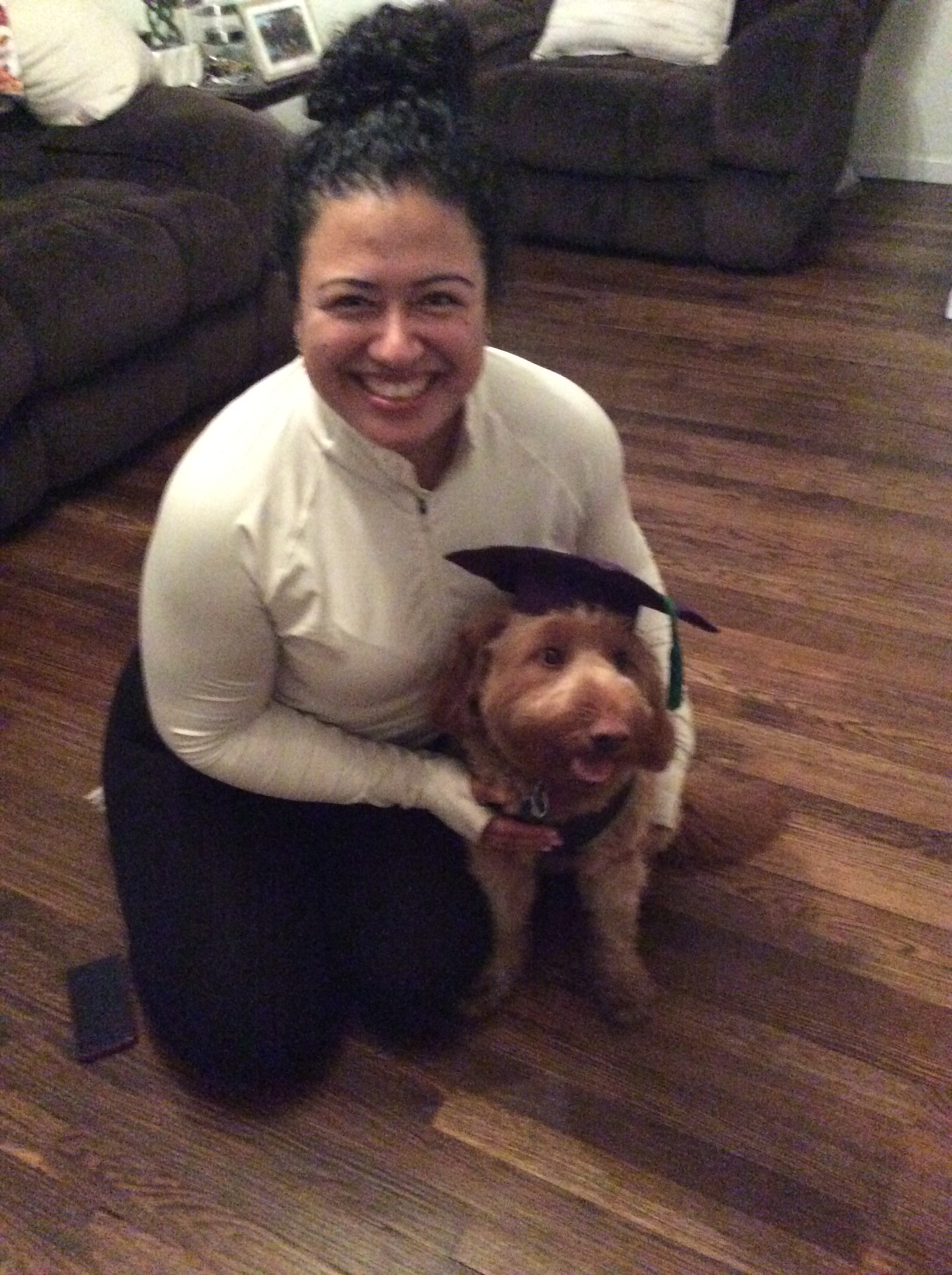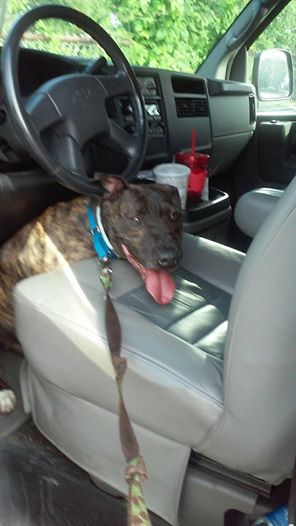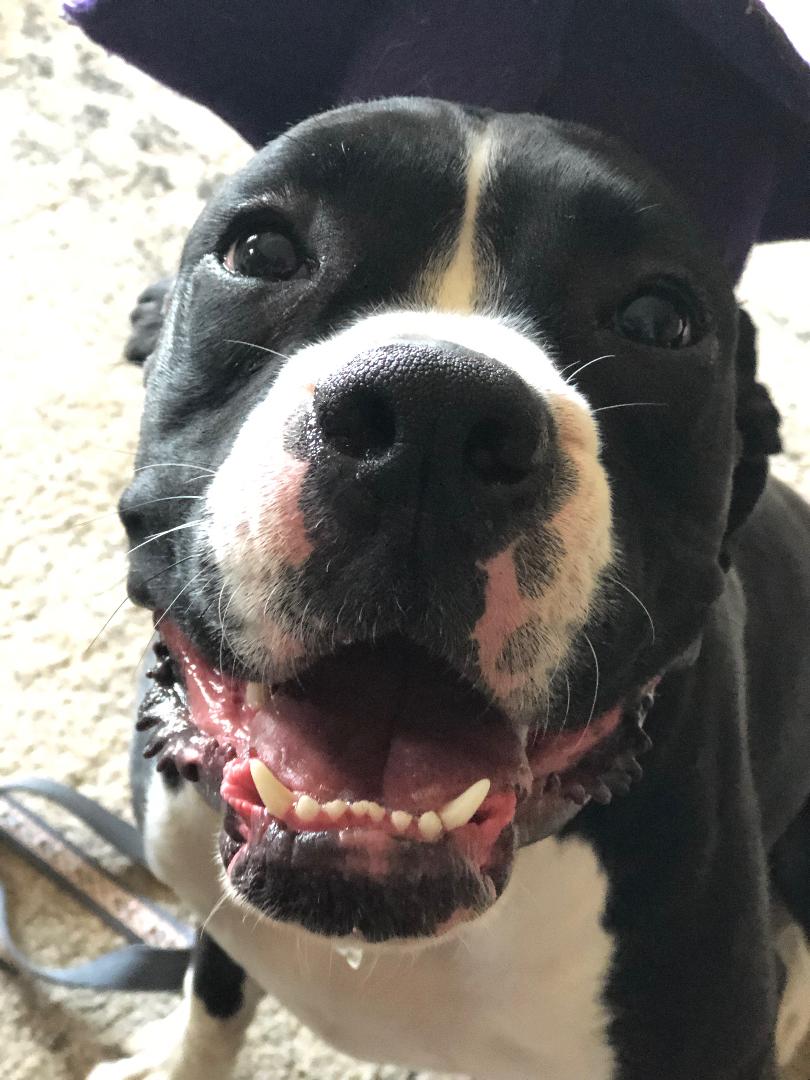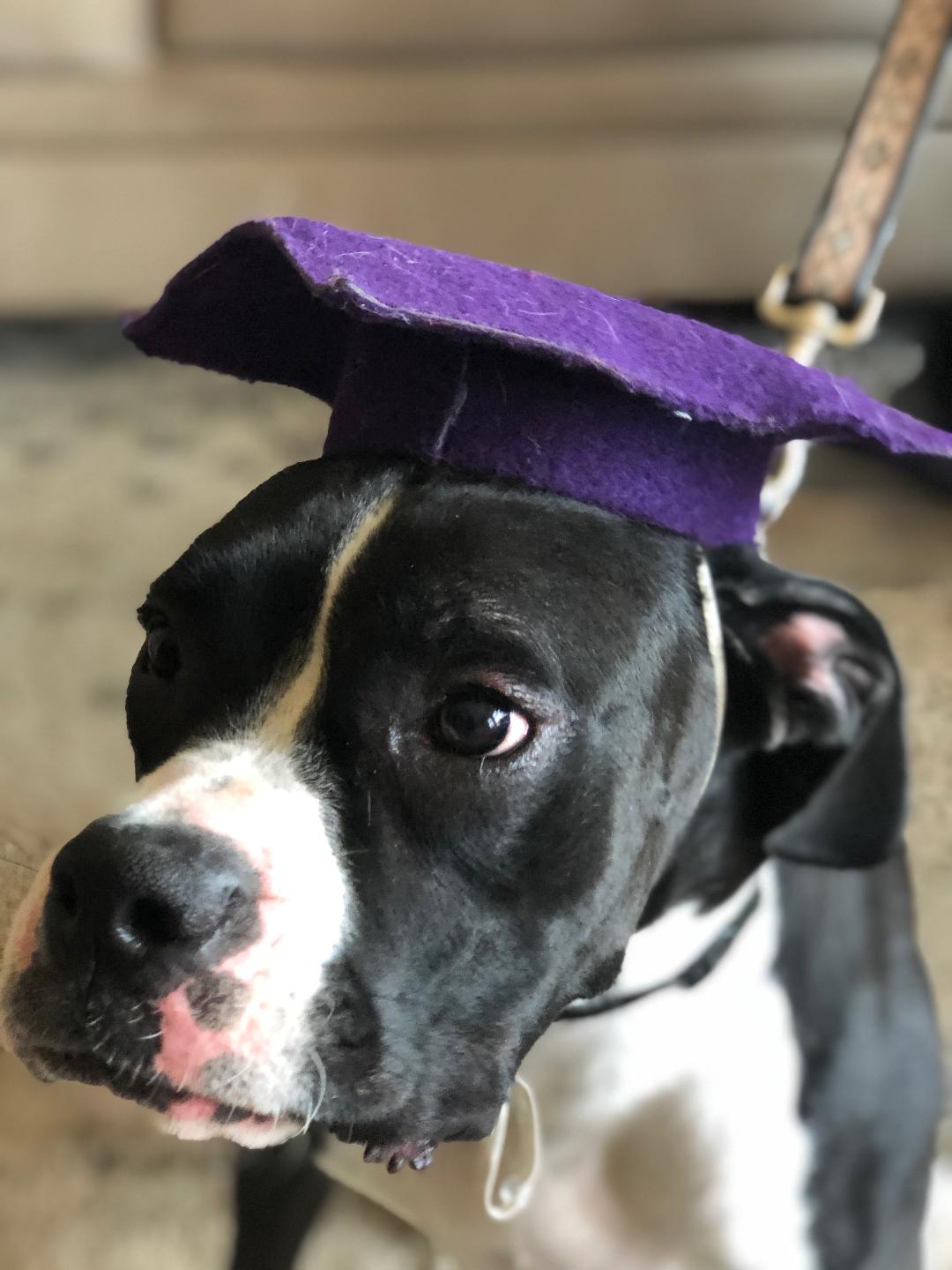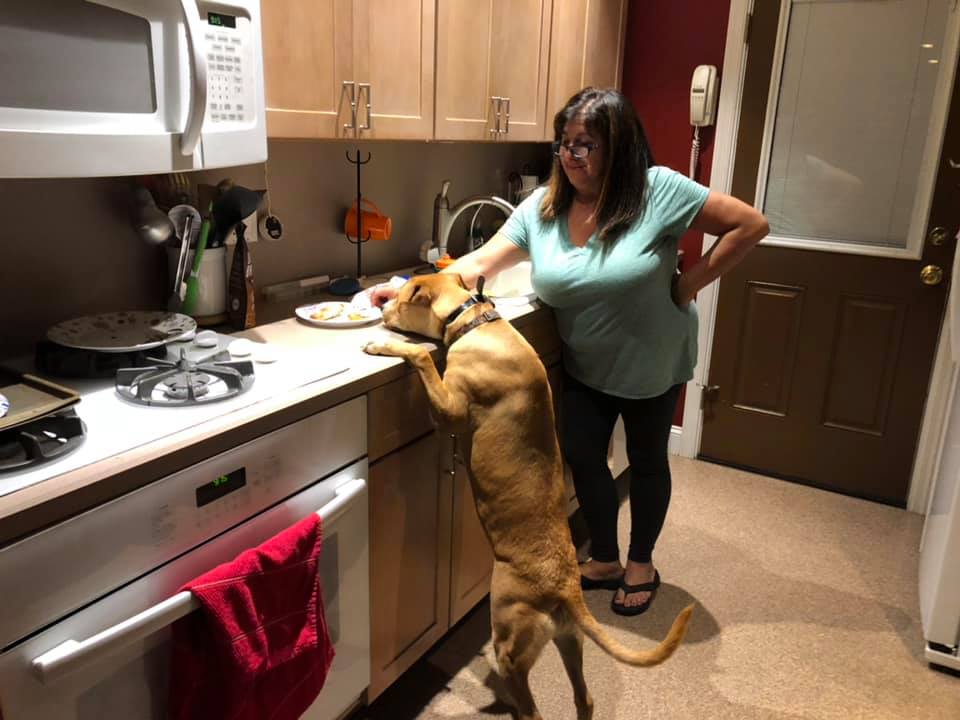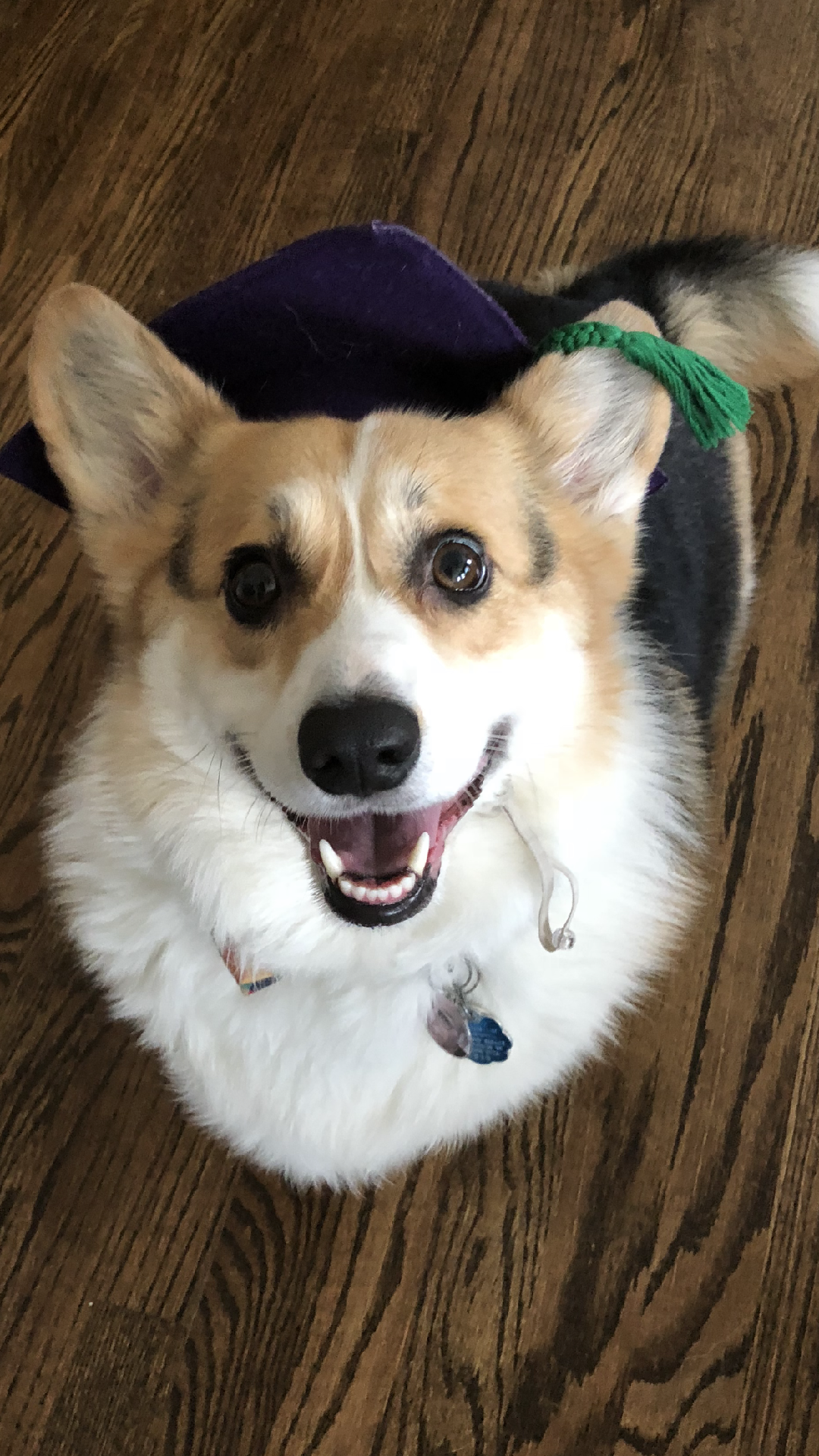
Heat exhaustion and heat stroke is one of the many dangers our canine friends face during the summer months. I’m sure you’re thinking, oh boy another blog about the dangers of leaving your dog in the car. That will absolutely be included in this article, but there are other tips I want to share in order to protect your dog from heat stroke and heat exhaustion.
Heat Exhaustion, also known as hyperthermia, is a medical issue that occurs when a dog is unable to regulate his own body heat due to overheating. The body temperature is also not within the normal range.
I hesitate to write what the normal range is, because heat stroke can lead to organ failure, death and heat affects breeds differently, I believe it is best to speak to your vet about your dog’s individual needs, rather than relying on general medical information online.
It is important to know that dogs are much more sensitive to heat than humans. A dog’s body temperature rises quicker than human body temperature because dogs pant rather than sweat.
What can cause heat stroke? Any hot environment can cause heat stroke. Age, activity level, medical condition, where you live and the type of breed affects a dog’s ability to handle hot weather.
Here are some situations where dog owners should take greater precaution:
- Living in an area with high humidity. It doesn’t take a 90 degree day to cause heat stroke when you live in an area with high humidity. So limit your dog’s outdoor activity on any hot day. According to Dr. Barry Kellogg the Humane Society’s Veterinary Medical Association “Animals pant to evaporate moisture from their lungs, which takes heat away from their body. If the humidity is too high, they are unable to cool themselves, and their temperature will skyrocket to dangerous levels very quickly.”
- If your dog has a short-snout, thick long hair or you own a dog with a double coat (even though they shed their undercoats in the summer), they are at greater risk of heat exhaustion or heat stroke during warmer months.
- Dogs who are overweight, out of shape or have health problems are also at greater risk. This can happen to both young and old dogs, so we need to watch those young dogs who love to run and play.
- A dog who has recently relocated to a warmer environment
- A dog who lacks proper hydration and shade.

What are signs of heat stroke? According to Noah’s Ark Vet in Williamsburg, VA, “heat exhaustion can range from mild to severe (heat stroke). Symptoms to look for include, but are not limited to: Excessive panting, difficulty breathing, drooling, increased respiratory and heart rate, weakness, collapsing, seizures, bloody diarrhea, vomiting, glazed eyes, gums that look different than normal (bright red, gray, purple, or bluish). Symptoms can also include: signs of dehydration, dizziness, a dog who lethargic, is not urinating, or has a fever. Things to alert you to a possible fever is a nose that is dry and hot instead of wet and cool”.
If you suspect your dog is suffering from heat exhaustion or heat stroke, contact your vet or emergency animal hospital immediately. Online advice should never take the place of seeking veterinary care.
How you can prevent heat exhaustion and heat stroke:
🔥 Never leave your dog in the car on a hot day. Even a 70 degree day can cause severe danger for your dog. On a 70 degree day, the inside of a car can heat up to 90 degrees. Ten minutes locked inside a car on an 85 degree day, can raise temps to 102 degrees. Thirty minutes inside a car on an 85 degree day can reach up to 120 degrees. Parking in a shady spot or leaving the windows partially open will not help save a dog left in the car on a hot day. If you cannot run all of your errands with your dog by your side, leave your dog at home.
🚴♀️ Avoid taking your dog for walks during the hottest part of the day. If you must walk your dog, doing so during the early morning and evening hours is better than mid-day walks. Even then, shorten the walk time, avoid running, bike riding or climbing steep hills with your dog.
🚷 Limit walks and outdoor play to 10 minutes.
🌞 Keep in mind that as the sun moves across the sky, shade moves too. That means a dog left outside all day, may lack shady spots at some point, increasing the chance of heat stroke.
💦 While supervising your dog, provide a baby pool or sprinkler play to keep your dog cool. Frozen treats are also enjoyable on a hot day.
❄️ When you leave for work, remember to leave the air conditioner on for your furry friend. Inside a house can get extremely warm on a hot day.
🐶 On a hot day, it is best to entertain your dogs indoors. If your dog truly likes to play frisbee, flirt pole or fetch, outdoor play should be short, in a shady spot and be sure to have fresh water nearby.
Games to play indoors on hot days:
🙈 Hide and seek. Practice your obedience skills while you play. Use sit-implied stay or place to keep the dog in position while you hide. Then release the dog from command and tell them to “find you”. The reward can be petting or an enjoyable snack.
🍪 Find the treat. Put your dog in command (sit, implied-stay or place). Then create a line of dog food that leads to a special treat. My dog is blind so this activity takes longer for her than your average dog. Using the same method, hide the final reward and have your dog use his nose to sniff it out.
🪑 Create an indoor obstacle course using chairs, brooms and even blankets for your dog to crawl under, weave and jump over.
🐶 Practice obedience training or teach your dog a new trick. Once your dog learns a new command/trick, you can begin generalizing the behavior so your dog responds regardless of distraction or setting. Click here if you want to learn how to generalize commands.
✊ Play which hand. Place food in one hand, ball up your fist, then hold out both hands. Your dog smells both hands and picks which one has treats inside. She can tap the correct hand with her nose or her paw.
🥛 Which cup? The rules for this game are the same as “which hand” except you place the food under a cup. Using three plastic cups, place treats underneath two of them and have your dog search for the treat. As the dog better understands the game, place food under one of the three cups.
😎 Use food dispensing toys. Don’t have any? Place dry kibble in a Gatorade bottle (wide, hard opening) or use a paper towel or toilet paper tube (fold one end, drop food inside and fold the opposite end). Your dog will have fun trying to figure out how to release the food.
🙂 Play with food puzzles. Don’t have any? Use a cupcake tin. Place the food in each of the cups and then place a ball on top. The dog has to figure out how to get the food. Once she learns to remove each ball to gain access to the food, fill half the cups in the cupcake tin. Continue to place one ball in each of the cup slots. The dog has to find the cups filled with food.
We hope these tips and indoor games keep you and your dog safe and happy all summer long.
Listen to our Podcast –

If you are considering a career in dog training, ISCDT offers an online program featuring 18 hands-on lessons where students are required to work with dogs. Skill and ability is determined through a series of videos and short written homework that is submitted to your personal ISCDT mentor. ISCDT also offers a 1-week and 2-week in-person Shadow program, where students assist trainers working in the field. To learn more about the courses we offer, visit ISCDT.com

Photo credit: Laula Co on Unsplash





